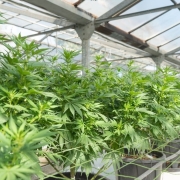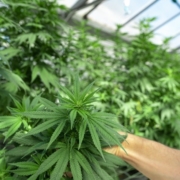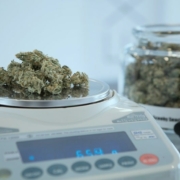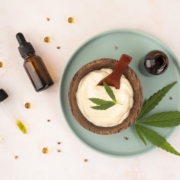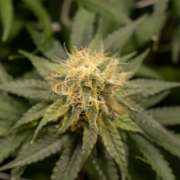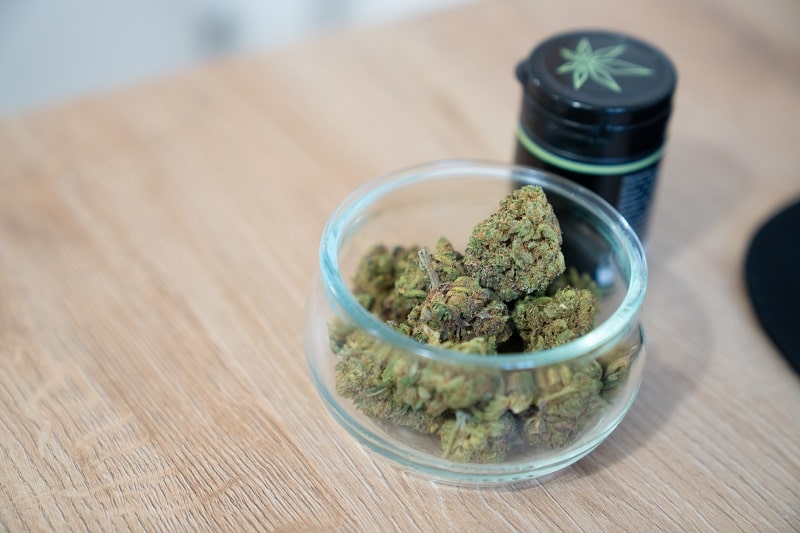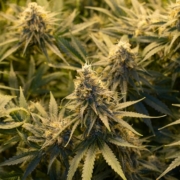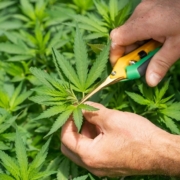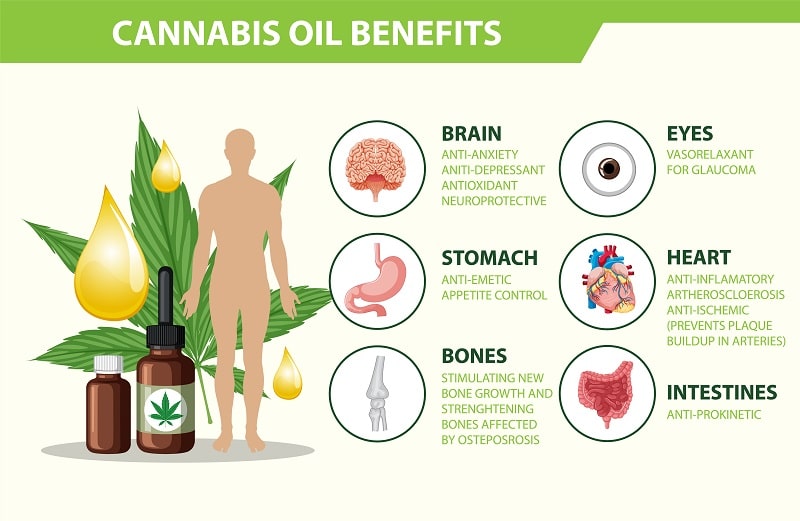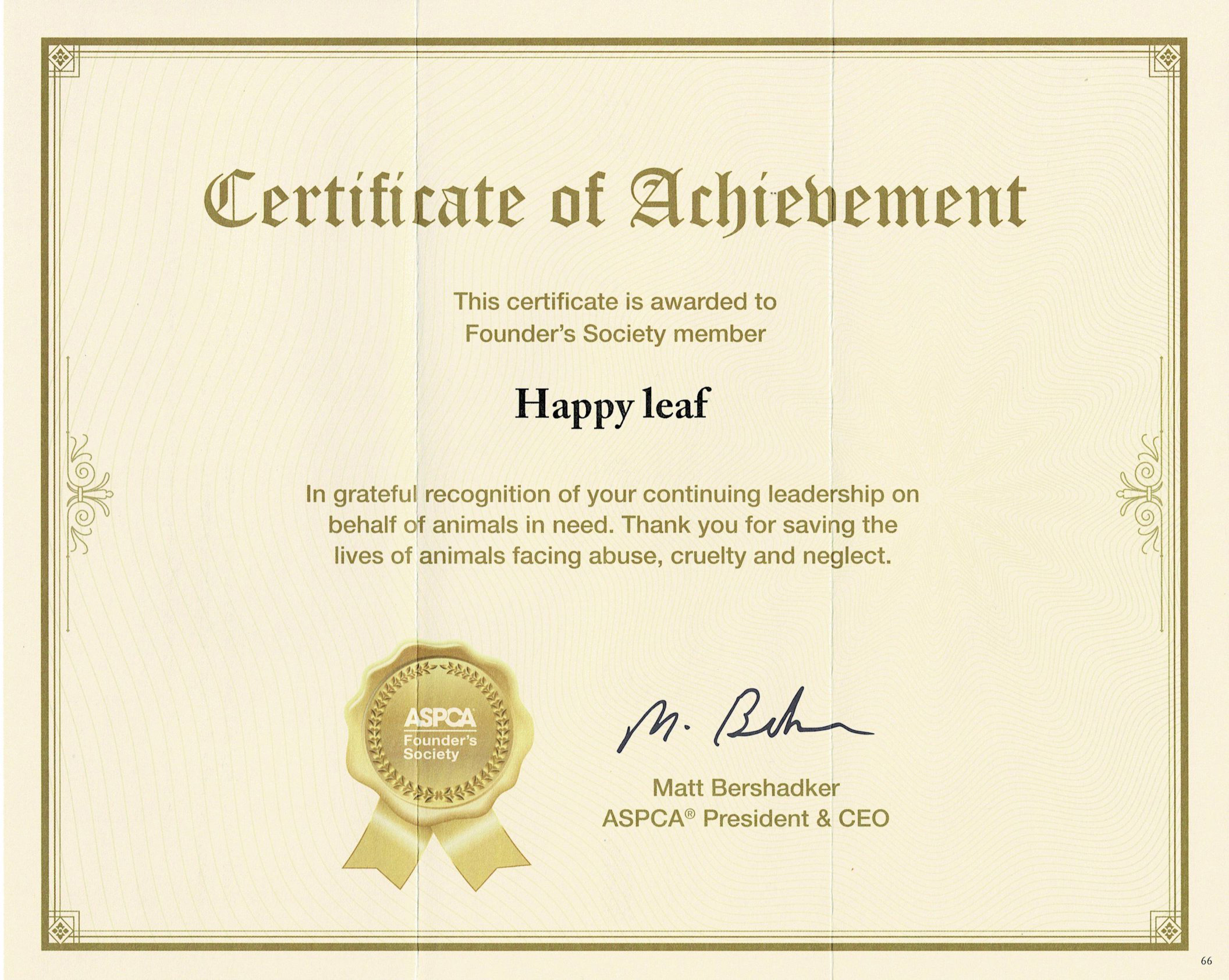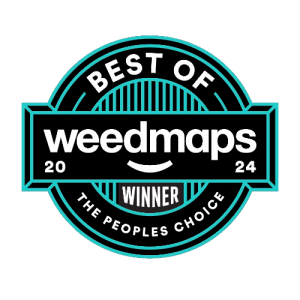Cannabis Consumption Methods: Understanding Different Ways to Consume Marijuana
When it comes to deciding how to consume cannabis, there are almost a dozen different methods to choose from, so how do you know which one is the best for you? They aren’t all the same! So we wanted to explain the main ways of consuming cannabis so you can make an informed choice for your needs.
Smoking: The Traditional Cannabis Consumption Methods
Cannabis smoking remains a classic choice among enthusiasts. The user lights cannabis flower or another burnable cannabis product and inhales the smoke. It’s popular because it causes an immediate high and it’s easy to control how much you inhale with some practice.
Smoking cannabis is popular because it causes an immediate high. You don’t have to wait for it like you do with edibles. All consumption methods use heat at some stage to activate the cannabis.
Some users appreciate the ritualistic aspect of smoking and enjoy the various flavors and aromas that different strains offer. Furthermore, the act of sharing a joint or passing around a bowl not only enhances the social aspect but also fosters a sense of camaraderie among cannabis enthusiasts.
Vaporizing: A Healthier Way to Enjoy Cannabis
Vaporizing is a very popular alternative to get the speed of a cannabis high without the dangers of smoking. It’s smoother and more flavorful as well; it’s easy to flavor the cannabis concentrate with many flavors.
Using a vaporizer is useful for medical cannabis users because you can control dosages. Another benefit of vaporizing is that you can control the temperature. Enthusiasts find they can make certain components of cannabis more or less prevalent based on the temperature, especially flavor and scent compounds.
However, to vape cannabis you’ll need specialized products. You’ll need vape juice and a vape that can handle cannabis products. You cannot vape the cannabis flower on its own.
Dabbing: An Intense Cannabis Consumption Methods
You may see products labeled as wax, shatter, budder, and other strange names. These are cannabis concentrates used for a consumption method called dabbing. This is the strongest way to get a high, but it’s only for experienced users. Unlike the other methods we’ve talked about, dabbing is used for recreational reasons.
Dabbing is done by heating a cannabis concentrate over a hot surface and inhaling the vapor. You will need a dab rig and a torch to use them. If you’re interested in this method, we recommend speaking with an experienced budtender first. We do not recommend dabbing for someone who has never been high!
Edibles: Experience the Effects of Cannabis in a Delicious Way
Edibles is the term cannabis used for any form of cannabis that’s eaten or drunk. The classic pot brownie is a baked good edible, but many other foods and drinks can be infused with cannabis.
Eating edible is a much more discreet way to consume cannabis than smoking or vaping, but they have a much different effect than smoking. It can take up to two hours to affect you, and when it starts it hits hard and lasts longer than smoking. This is because the cannabinoids have to pass through the liver instead of going straight into the bloodstream through the lungs.
Once you have your edibles dose dialed in though, it’s an excellent way to get a long high or to get longer medicinal effects. Chronic pain sufferers may use an edible at the start of the day for pain control, then use a vape whenever the pain spikes.
Tinctures and Oils: Speed and Accuracy
Cannabis tinctures and cannabis oils are used similarly. They’re liquids applied under the tongue for absorption into the body. A tincture is made from soaking cannabis in alcohol or glycerin. This pulls out the right components. Oils are similar, but use an oil as a carrier instead and they may be more concentrated than a tincture.
A few drops under the tongue is all that’s needed and both act very quickly. By measuring drops, users can get a very precise dose. This may be especially helpful if you need to stay within a certain range to avoid getting too high.
Be careful with oils though. They are often much more concentrated than other cannabis products. Start with a low dose and go up slowly.
Topicals: Get the Benefits of Cannabis Without Ingestion
Topicals are any cannabis product applied to the skin, like a cream, balm, lotion, or massage oil. They’re mostly used for muscle pain and skin irritation. The skin cannot absorb THC into the bloodstream, so it’s safe for people who don’t want to get high.
They’re easy to use. Just apply them to the skin and rub it in! Applying CBD topicals is much more discreet compared to smoking and vaping, but they’re best for skin problems and muscle pain.
If you’re unsure of what method is best for you, contact our Portland dispensary for advice. Our budtenders can teach you which products and consumption methods are best for your needs. Whether you’re a recreational user or a medicinal user, we can help you!
Ian Baker handles content marketing at Happy Leaf Portland. There are 5 years that he is deeply involved in the cannabis field. He had 3 years of experience as a Budtender and thanks to his desire to achieve more, he has a career move. Currently he works as a content manager.


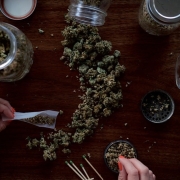



 If you’re looking for marijuana gifts that will really mean a lot to your loved ones and get a lot of use too, a cannabis vaporizer is a terrific choice, especially in the modern era, when vaping is becoming so popular.
If you’re looking for marijuana gifts that will really mean a lot to your loved ones and get a lot of use too, a cannabis vaporizer is a terrific choice, especially in the modern era, when vaping is becoming so popular. One of the main reasons why people make use of cannabis in the first place is because they want to
One of the main reasons why people make use of cannabis in the first place is because they want to  One of the best things about the recent evolution in the cannabis world for cannabis-infused foods and drinks is how they allow people to enjoy cannabis in more refined and sophisticated ways.
One of the best things about the recent evolution in the cannabis world for cannabis-infused foods and drinks is how they allow people to enjoy cannabis in more refined and sophisticated ways.